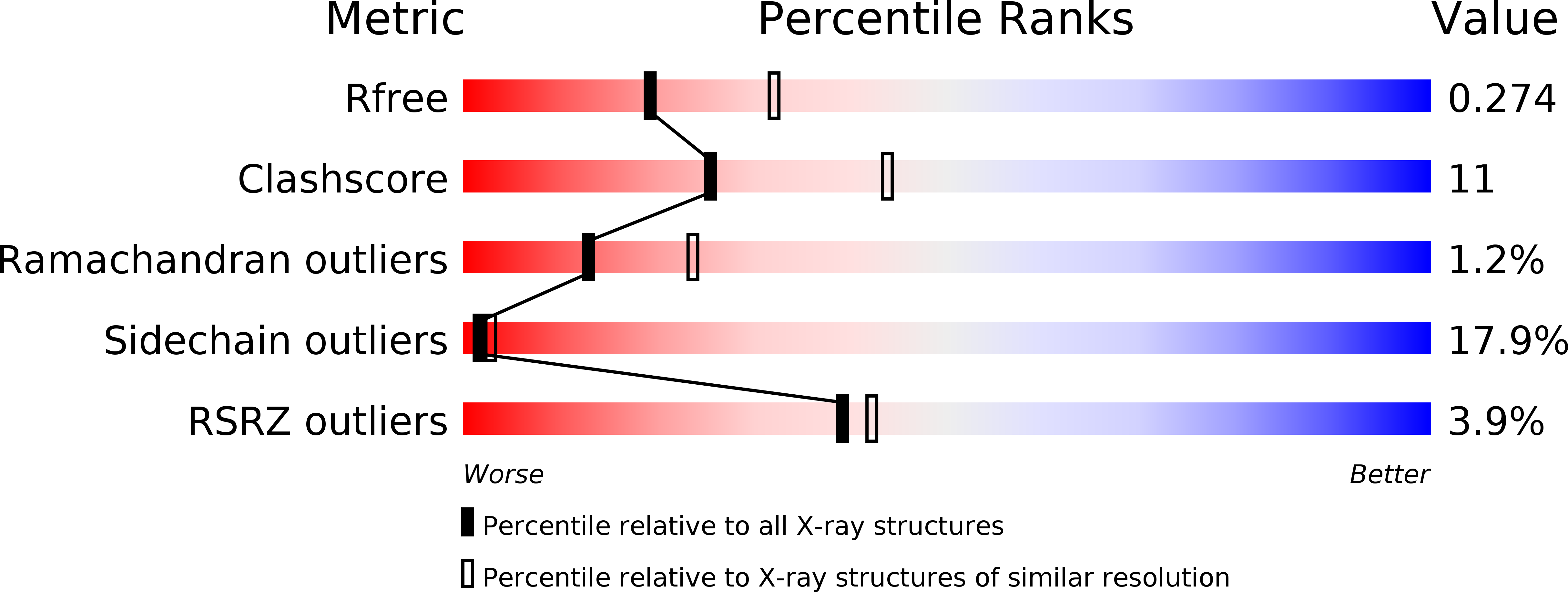
Deposition Date
2013-07-09
Release Date
2013-09-11
Last Version Date
2024-11-13
Method Details:
Experimental Method:
Resolution:
2.50 Å
R-Value Free:
0.27
R-Value Work:
0.22
R-Value Observed:
0.22
Space Group:
P 1 21 1


